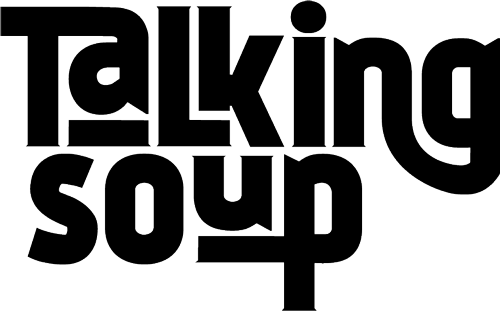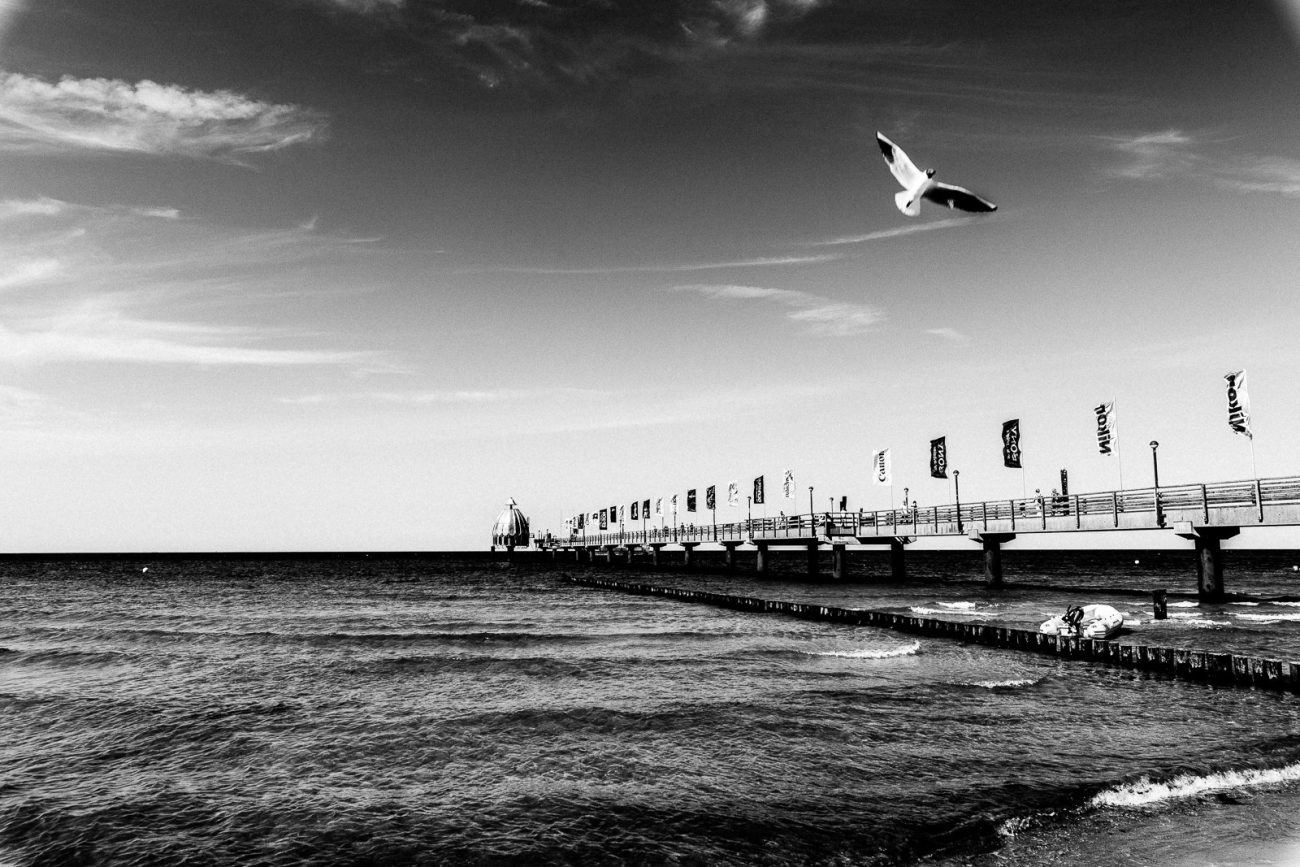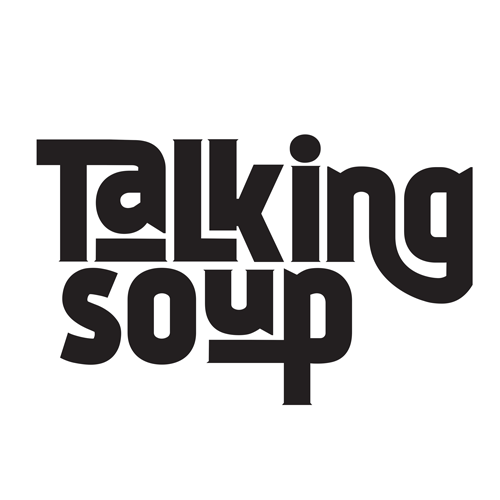Everyone in retail is familiar with the break room; the quiet place from the floor, from people and tasks; the home away from home where you eat at least one of your meals a day, maybe two depending on the shift. A quiet cozy place made for relaxing and comfort, right? Wrong.
In my years of retail, having worked for three major companies, I have seen a wide range of break rooms in various stages of discomfort and decay. A home away from home , perhaps only if you were Oscar the grouch or Fred Sanford.
When I worked in shoes, it wasn’t called a break room but rather a lounge, as if that was somehow supposed to make it that much more elegant or comforting: for ‘comforting’ read fake wood paneling on the walls, uncomfortable worn office furniture from the 70s, a table with a wobbly leg and a solid state TV, tuned to either golf or Matlock.
Now the women’s lounge had even more outdated furniture, a TV, a fridge and microwave, and room for more people but otherwise it was the same, which was not bad unless you considered being stuck in the 70s a bad thing (which it is and was).

When I moved to Target, the break room was a complete 180 from Kmart. This break room was gigantic, and clean and white, with up to date furnishings, and candy and soda machines, and windows along one side of the room so you could actually see the outside world in which you eagerly waited to venture back into once your work day was done. I can remember the TV being on and people playing cards and games. It was an actual place of relaxation from the world in which you had just escaped. There was just one flaw, one thing which prevented this from truly being a place of relaxation and that was the telephone. There was a phone in the break room to which you could and would be paged and asked to call some part of the store or be told to return back to work even though your break had just begun.
The company that I work for now, has had the most ‘interesting’ break rooms compared to the last two places of employment and that is not a good thing. The first store I worked at used the break room as an auxiliary place to store shelving and other work related items, so as to not allow you to fully get away from work entirely. And then there was the speaker, the speaker which played the same music that you heard on the sales floor as well as the same pages for help and assistance that you were on break from in the first place.
Did I mention the signs and placards talking about services that we offered or that we were to offer to our customers that lined the walls? It wasn’t bad enough that we were surrounded by them on the floor but we had to see them when we tried to hurry up and take our break before we were rushed back to work. Once again, the tables with the wobbly legs reappeared as did the mismatched assortment of chairs that were no longer useful or needed elsewhere.

If you were lucky, the break room had a sink in it, which was always filled with lunch containers or dishes that people had brought from home, gotten wet and then left in the sink until someone got made enough and threw them in the trash.
But all nine of the locations at which I have worked have had three things which stick out, three things which made the break room less of a place of rest and more of a place of wonder, as in wondering why it was you bothered to take a break in the first place.
The first was the microwave. Now everyone has seen a dirty microwave, but you have not lived until you have seen and tried to use a retail break room microwave. It is definitely an eye opener. Inside this microwave, you can see every single item that has ever been heated, re-heated or burned beyond recognition. Science classes would benefit from trying to figure out what exactly was growing in the corners of these microwaves, that which constantly seemed to change color and form of matter from solid to gooey liquid to toxic gas on the right day. All the while, archaeologists would have loved to uncover the layers of meals past to see just what had and could be eaten by that individual known as the retail worker.
The second was the refrigerator. Now if you thought you had seen it all by looking inside the fridge, you had not seen anything yet. Sure there were the usual things, packets of fast food condiments scattered about, as well as never used bottles of ketchup and mustard, and jelly for some reason. There were half eaten sandwiches and half drunk bottles of soda or water, plus the standard milk that was changing from a liquid to a solid on an hour to hour basis. Did I mention the spills that no one ever cleaned up, leaving an ever sticky mess inside?

The highlight of fridges came at one of the stores I was at that was so bad that when you opened the door, there was darkness and not because the light was burnt out but rather because it was overgrown with what we believe to have been black mould, at least if we were lucky that is what it was. Who was the lucky person that was chosen one day to try and clean up this toxic waste site, one which should have been sealed shut and been taken away by men in hazmat suits? Why me of course.
The third thing which was the garbage can. Now everyone has seen a garbage can, and now what they look like, but these were more like big barrels that you would get at a hardware store used for outdoor waste and garbage collection. 9 stores and all of them looked and smelled the same. How a small amount of people could fill and overfill a 50 gallon garbage can on a daily basis is beyond me, but I do know that no one ever took out the bag, unless forced at gunpoint or a wild game of rock scissors paper. Otherwise the garbage would pile up, and overflow on to the floor, and create a new mountain of garbage, one that would eventually require a shovel to pick it all up.
Break rooms; what should be a place of peace and quiet, of cleanliness and comfort, end up at the end of the day resembling the trash compactor from Star Wars, only without the monster, at least not yet.
Cover image courtesy of JD Hancock via Flickr
Brian Brehmer has been driven to write since he was in grade school and took a homework assignment too far. Writing is in part responsible for his meeting the woman who would one day become his wife. On writing he credits the two women who believed in him most: my paternal grandmother and my wife Pamela (and Mia the Maine Coon as well).








